Cold Sores vs. Pimples: How to Tell Them Apart and Treat Them Right
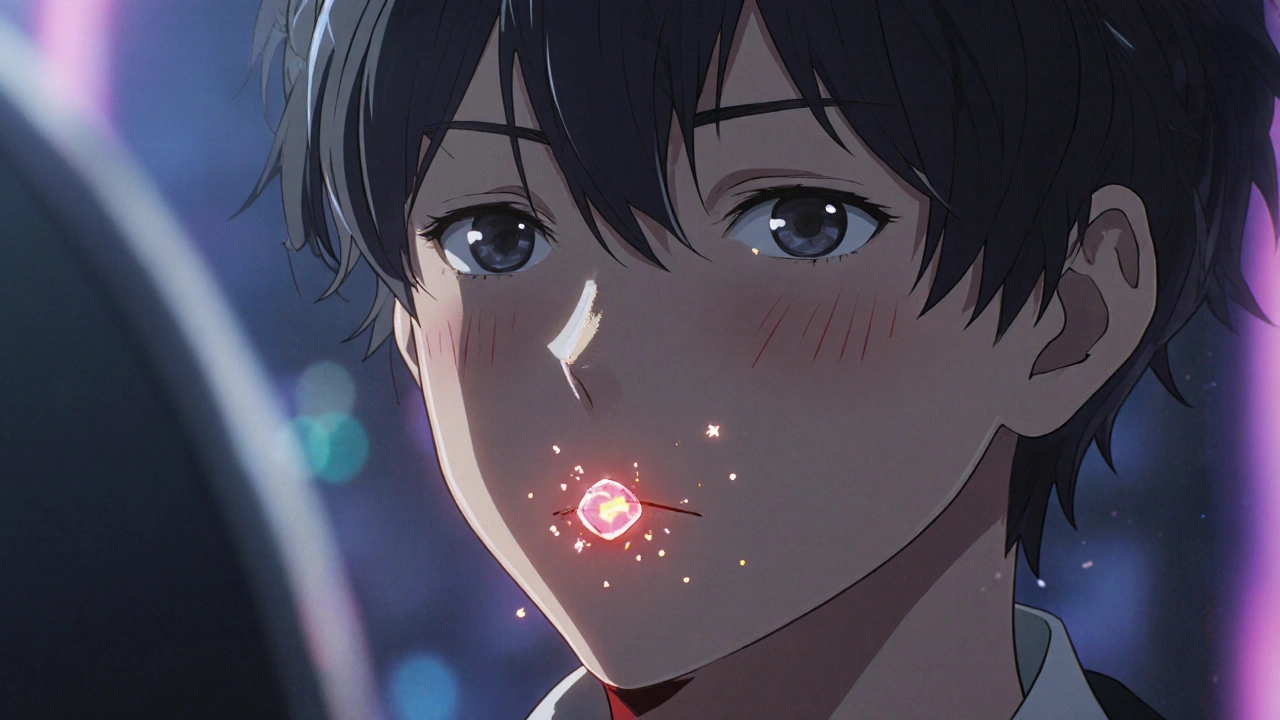
Why It Matters If You Mistake a Cold Sore for a Pimple
You’ve got a tiny bump on your lip. It’s red, it’s tender, and it’s annoying. You reach for your acne spot treatment-maybe benzoyl peroxide or salicylic acid-and dab it on. But instead of shrinking, it gets worse. It blisters. It burns. It spreads. That’s not a pimple. That’s a cold sore. And treating it like one can make things a lot worse.
Cold sores and pimples look similar at first glance. Both can appear as small, red, raised bumps near the mouth. But they’re completely different in cause, behavior, and treatment. Mixing them up isn’t just a mistake-it can spread a lifelong virus or irritate your skin further. Knowing the difference isn’t about being a skin expert. It’s about stopping the confusion before it turns into a bigger problem.
What Causes Cold Sores?
Cold sores are caused by the herpes simplex virus type 1 (HSV-1). This isn’t some rare infection-it affects 67% of people under 50 worldwide, according to the World Health Organization. Once you get it, the virus stays in your body for life. It hides in nerve cells and wakes up when your defenses are down.
Triggers are predictable: sunburn, stress, illness, hormonal shifts, or even just being tired. Around 32% of outbreaks are tied to UV exposure, and 28% happen when you’re under emotional strain. That’s why you might notice cold sores popping up after a long flight, during exam season, or right before your period.
The virus doesn’t just appear out of nowhere. It builds up silently. First, you feel it-a tingling, itching, or burning sensation right where the sore will form. That’s your body’s early warning. If you catch it then, you can cut the outbreak short.
What Causes Pimples?
Pimples are a form of acne. They happen when hair follicles get clogged with oil (sebum), dead skin cells, and bacteria-mostly Cutibacterium acnes. Your face has lots of these follicles, especially around the nose, chin, and yes, even on the lip area. That’s why you can get a pimple right on your lip’s edge.
Unlike cold sores, pimples aren’t contagious. You can’t catch one from kissing someone or sharing a towel. They’re not caused by a virus or an infection you pick up from outside. They’re a result of your skin’s own biology-oil production, hormone levels, and how your pores respond to products.
Some people get pimples because of diet, stress, or skincare habits. Others have them because of genetics. But the root cause is always the same: blocked pores turning inflamed. That’s why treatments focus on unclogging, drying, and killing bacteria-not fighting viruses.
How They Look Different
Here’s the easiest way to tell them apart: cold sores come in clusters. You won’t see just one. You’ll see two, three, or even five tiny fluid-filled blisters grouped together, usually right where your lip meets the skin-the vermillion border. They start clear, then turn cloudy, and finally crust over into a yellow-brown scab.
Pimples are single bumps. They’re solid, not filled with fluid. They might have a white or yellow head (pus), but they don’t blister. They’re often deeper under the skin and feel like a hard, tender lump. You’ll find them anywhere on your face-forehead, cheeks, jawline-not just the lip edge.
Also, cold sores don’t just pop up overnight. They follow a five-stage cycle: tingling → blistering → oozing → crusting → healing. That whole process takes 7 to 14 days without treatment. Pimples? They can appear overnight and fade in 3 to 7 days if they’re mild. Cystic ones last longer, but they still don’t blister or crust like a cold sore.

How They Feel Different
Feel is your best clue. Cold sores have a warning signal: tingling, burning, or itching that starts 12 to 48 hours before the bump even shows up. That’s your body telling you the virus is waking up. If you’ve had cold sores before, you’ll recognize it. It’s unmistakable.
Pimples? No warning. One day your skin is fine. The next, you touch your lip and it hurts. That’s it. No tingling. No itching. Just pain when you press on it. If you feel something before the bump appears, it’s not a pimple.
And here’s a big one: cold sores often feel hot to the touch. Pimples don’t. That’s because the virus causes inflammation in the nerve endings, not just the skin. That burning sensation? That’s HSV-1 doing its thing.
How They Spread (or Don’t)
Cold sores are contagious. Not just from kissing. From sharing lip balm, towels, utensils, or even touching the sore and then touching your eye. The virus spreads through direct contact with the fluid inside the blisters. About 30-50% of people who come into contact with an active cold sore will catch it. And once you have HSV-1, you carry it forever.
Pimples? Zero risk of spreading. You can’t give someone a pimple. You can’t catch one from a pillowcase. They’re not infectious. They’re a local skin reaction. That’s why you can safely share your moisturizer with your partner-even if they have acne.
But here’s the catch: if you pop a cold sore thinking it’s a pimple, you’re spreading the virus to your own fingers, your phone, your pillow, and possibly your eyes. That’s how herpes keratitis (eye infection) happens. It’s rare, but serious.
How to Treat Cold Sores
Time is everything. The moment you feel that tingling, start treatment. Prescription antivirals like acyclovir (Zovirax) or valacyclovir (Valtrex) can cut the healing time by 1 to 2 days. Apply the cream version (like penciclovir/Denavir) every 2 hours while you’re awake during the first 4 days. It’s not fun, but it works.
Over-the-counter options like docosanol (Abreva) can help too. But it takes 4 to 5 days of daily use to reduce symptoms by half. Don’t expect miracles. It won’t make the sore disappear overnight, but it can make it less painful and less visible.
Don’t use acne products on cold sores. Benzoyl peroxide, salicylic acid, or alcohol-based spot treatments will burn the blisters, make them worse, and increase the chance you’ll spread the virus. Same with toothpaste, baking soda, or tea tree oil-those are myths that backfire.
Prevention matters. Use sunscreen on your lips every day. Stress management helps. Get enough sleep. If you get outbreaks often, talk to a doctor about daily suppressive therapy. It’s not for everyone, but for some, it cuts outbreaks by 70%.
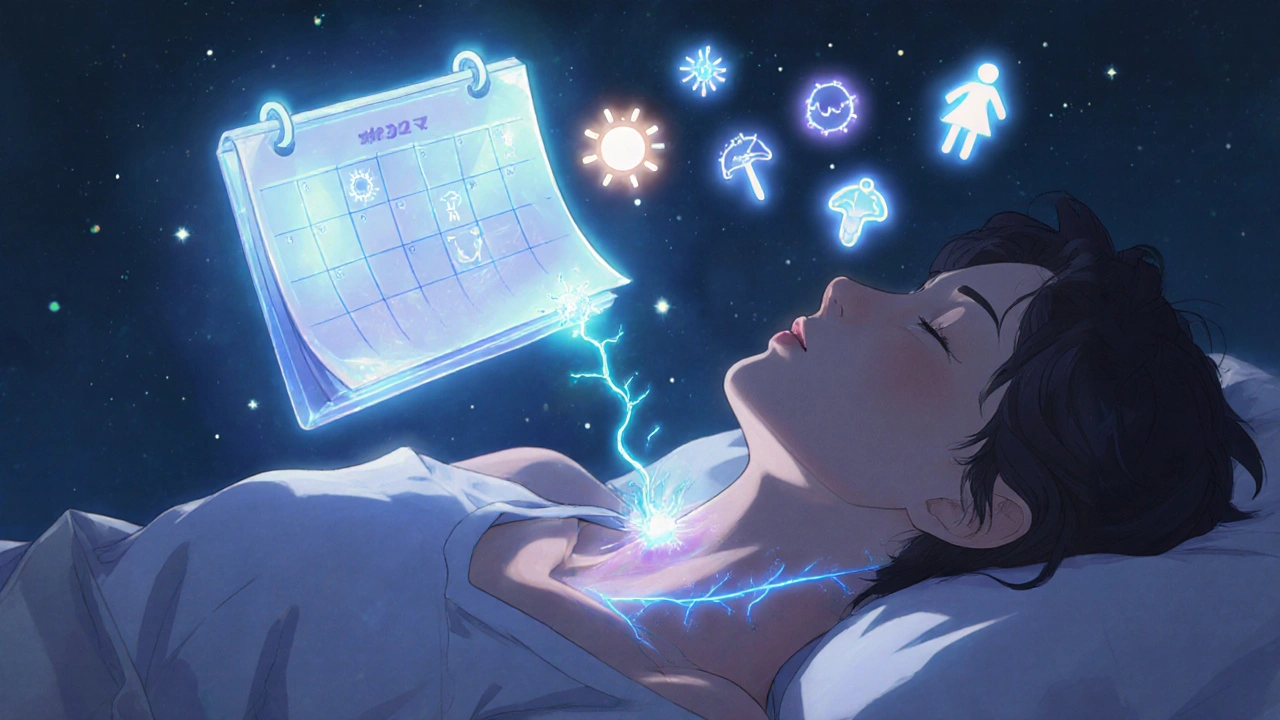
How to Treat Pimples
Pimples respond to ingredients that dry out oil and clear pores. Benzoyl peroxide (2.5% to 10%) kills bacteria and reduces redness. Start with 2.5%-it’s just as effective as higher doses but less irritating. Apply it once a day after cleansing.
Salicylic acid (0.5% to 2%) is great for blackheads and clogged pores. It works by gently exfoliating inside the follicle. Use it in a cleanser or toner. You’ll see results in 6 to 8 weeks. Don’t expect overnight fixes.
Don’t pick. Popping a pimple can push bacteria deeper, cause scarring, or leave a dark spot. If you must, use a sterile comedone extractor and clean your skin before and after.
For stubborn cases, dermatologists might prescribe retinoids (like adapalene), antibiotics, or hormonal treatments. But for most people, consistent use of OTC products and gentle cleansing is enough.
What Not to Do
- Don’t pop cold sores. You’ll spread the virus and delay healing by 3 to 5 days.
- Don’t use acne treatments on cold sores. Benzoyl peroxide, alcohol, or salicylic acid will irritate and worsen the blister.
- Don’t share lip products. Lip balm, lipstick, or chapstick can carry the virus. Use your own.
- Don’t ignore the tingling. That’s your chance to stop the outbreak before it fully forms.
- Don’t assume it’s a pimple. If it’s on your lip border and you’ve had cold sores before, trust your history.
When to See a Doctor
You don’t need to run to the doctor for every cold sore or pimple. But see one if:
- Your cold sore doesn’t heal in 2 weeks.
- You get more than 6 outbreaks a year.
- The sore spreads to your eyes, nose, or fingers.
- Your pimple is huge, painful, and doesn’t respond to treatment after 4 weeks.
- You have scarring, dark spots, or recurring cysts.
A dermatologist can confirm the diagnosis with a swab test if needed. They can also prescribe stronger antivirals or acne treatments. And if you’re getting cold sores often, they might recommend daily antiviral pills to prevent outbreaks.
Final Takeaway
Cold sores and pimples aren’t the same. They don’t even come from the same world. One is a virus that lives in your nerves. The other is a clogged pore in your skin. Treat them the same, and you’ll make things worse.
Look at the location. Feel the warning. Watch the shape. If it’s on your lip edge, tingles before it appears, and forms blisters-it’s a cold sore. If it’s a single bump, hurts when touched, and has a white head-it’s a pimple.
Get the treatment right, and you’ll heal faster. Get it wrong, and you’ll pay the price in pain, time, and possibly spreading the virus. You don’t need a degree in dermatology. Just pay attention to the signs. Your skin will thank you.


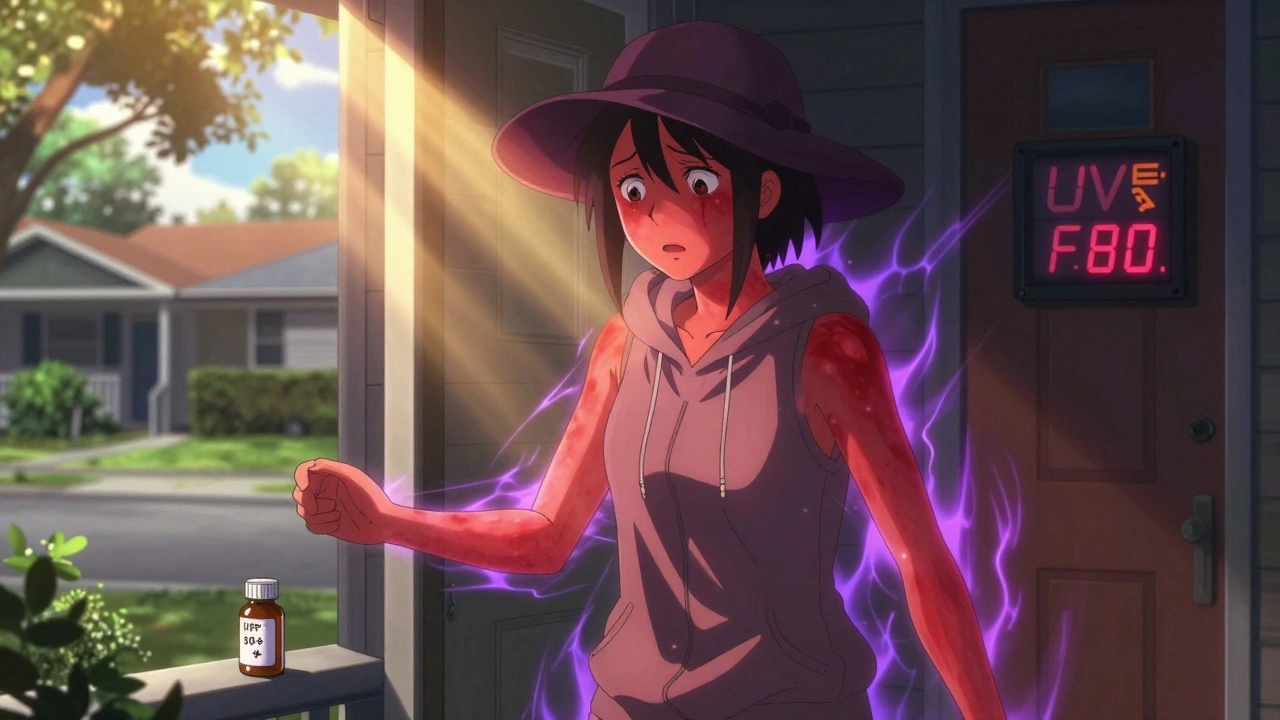
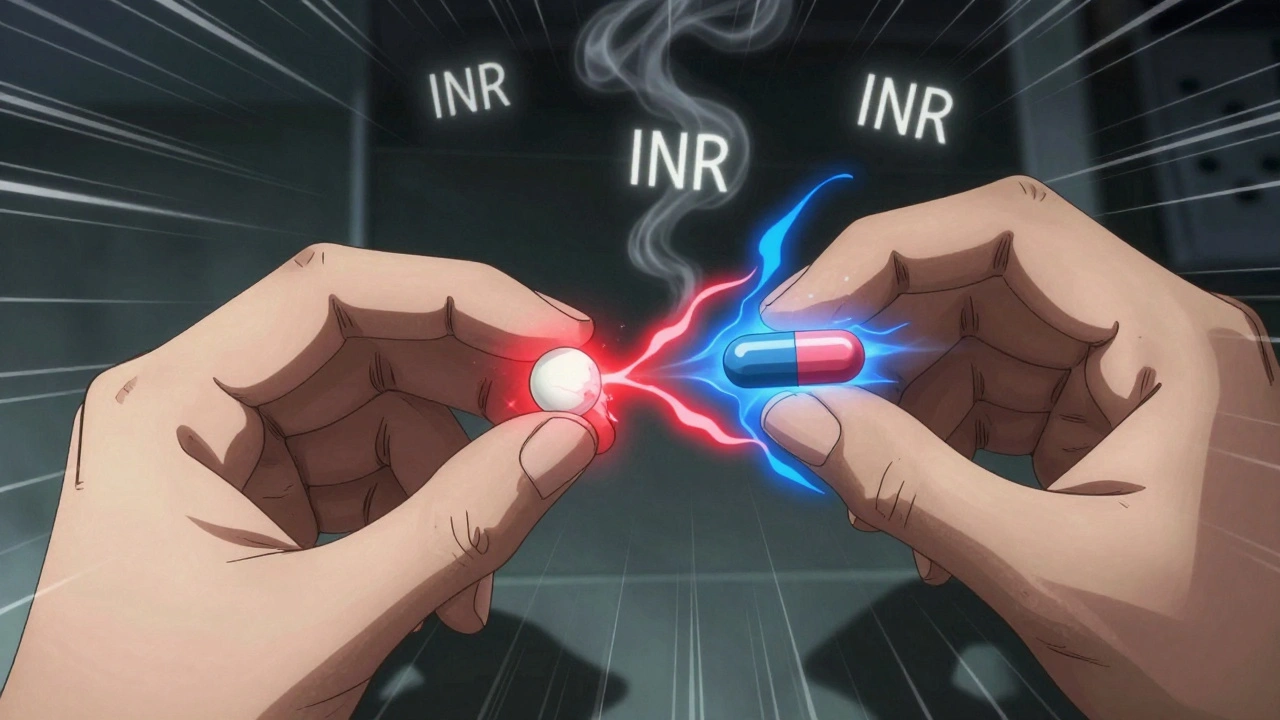
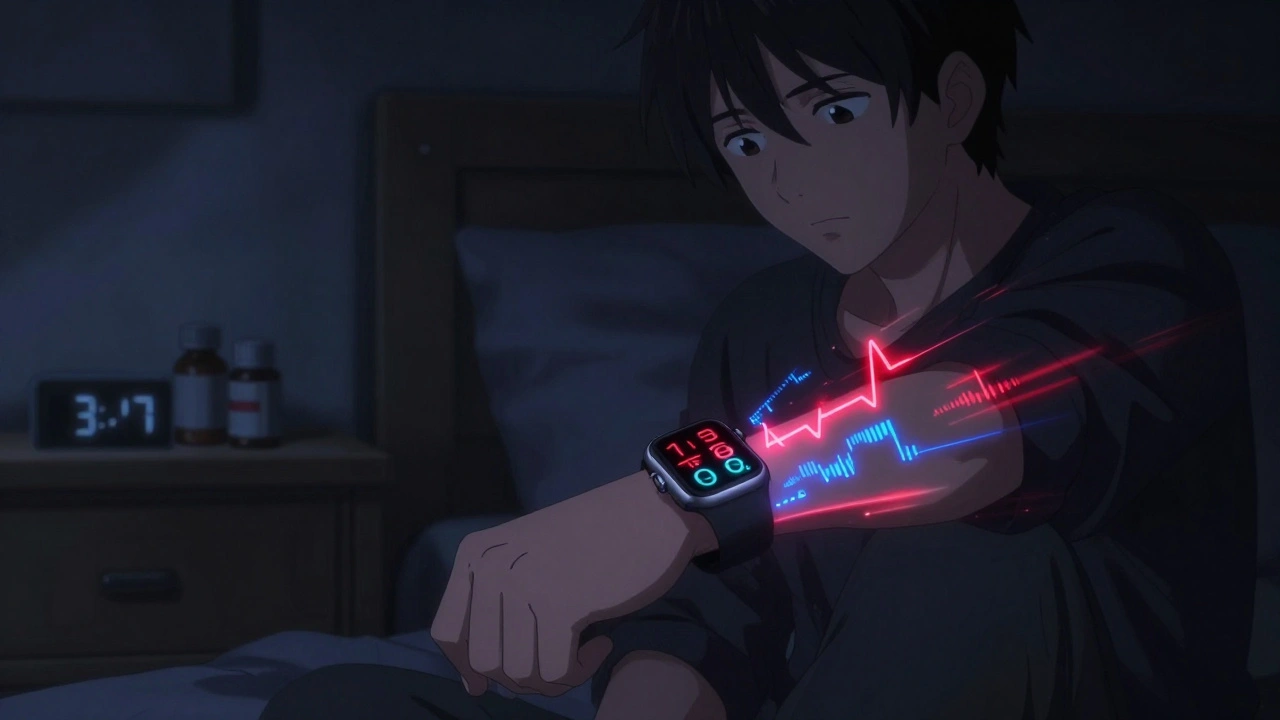
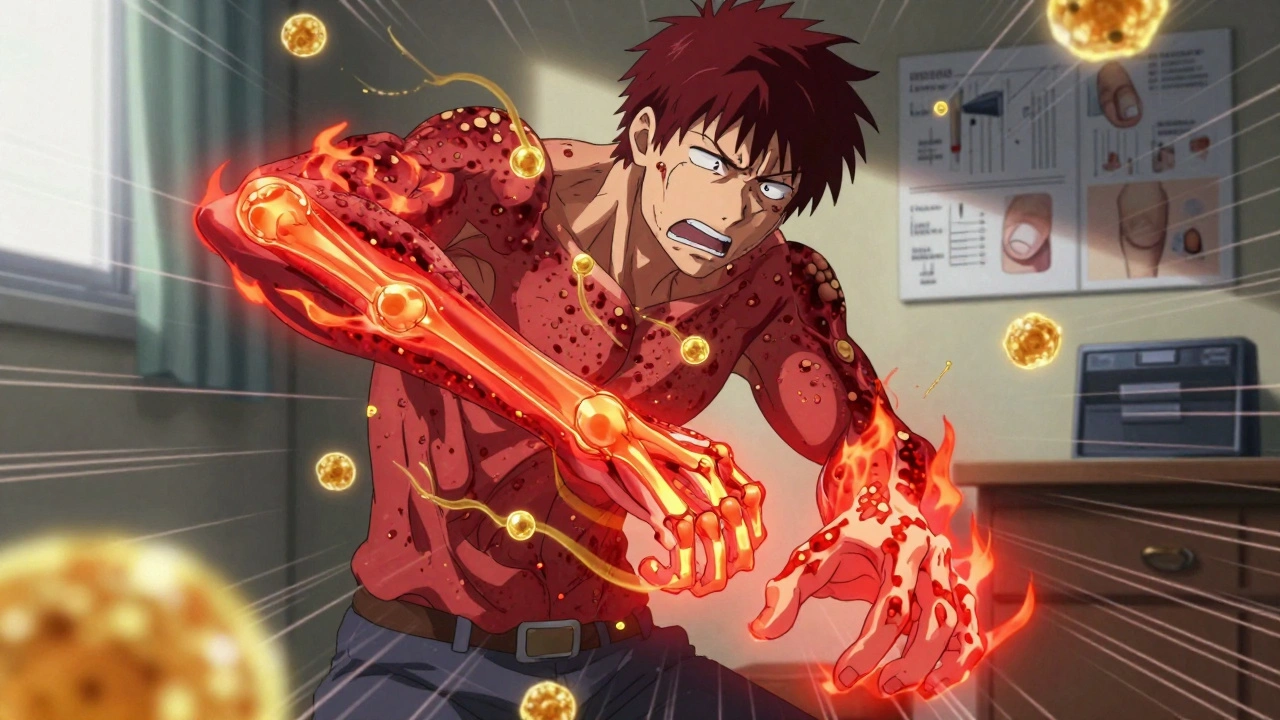
Comments
Esperanza Decor
November 12, 2025 AT 04:37I used to treat every little bump on my lip like a pimple until I got a nasty outbreak that lasted two weeks. The tingling before it showed up was the only clue I missed. Now I keep Abreva in my purse and use sunscreen on my lips daily. Game changer.
Deepa Lakshminarasimhan
November 13, 2025 AT 07:12They say 67% of people have HSV-1 but no one talks about how the government hides the truth. Why do you think they don’t warn you about the link between vaccines and cold sore flare-ups? It’s not coincidence.
Erica Cruz
November 15, 2025 AT 00:27Honestly, this article is basic. Anyone who’s had acne or herpes since high school knows this. The real issue is how lazy skincare culture is-people want miracle cures instead of learning basic biology. Also, calling benzoyl peroxide ‘toxic’ is misleading. It’s not poison, it’s just not for viral lesions. Duh.
Johnson Abraham
November 16, 2025 AT 12:36i thought cold sores were from eating too much pizza 😂 now i know its from stress and sun. also dont use toothpaste on em. learned that the hard way. my lip looked like a crime scene.
Shante Ajadeen
November 17, 2025 AT 10:59This is so helpful. I’ve been scared to tell my partner I get cold sores because I didn’t know how to explain it. Now I can just send him this. Thank you for breaking it down without making anyone feel dumb.
dace yates
November 17, 2025 AT 21:02I’ve had cold sores since I was 12. The one thing no one mentions is that they get worse if you’re on antibiotics. Weird, right? Maybe because your immune system is already scrambled. Anyone else notice this?
Danae Miley
November 19, 2025 AT 04:29The article correctly identifies HSV-1 as the cause, yet it fails to mention that asymptomatic shedding occurs in over 70% of carriers. You can transmit the virus even when no lesion is present. This is critical public health information that’s being downplayed.
Charles Lewis
November 19, 2025 AT 17:59It’s worth noting that the psychological burden of recurrent herpes simplex is often underestimated. Many individuals experience anxiety around intimacy, social stigma, and even depression due to the persistent nature of the condition. While the medical facts are clear, the emotional toll is rarely addressed in consumer health content. A more holistic approach-combining medical treatment with counseling-could significantly improve quality of life for those affected.
Renee Ruth
November 20, 2025 AT 21:29I bet this was written by someone who’s never had a real outbreak. I got one after a flight and it spread to my cheek. Then my mom got it from kissing me. Then my dog licked my lip and got a rash. Now my whole family is traumatized. This isn’t just a ‘bump’-it’s a family curse.
Samantha Wade
November 21, 2025 AT 21:04This is an excellent, well-researched guide. I’ve been a dermatology nurse for 15 years, and I still see patients misdiagnosing cold sores daily. Please share this widely. The distinction between viral and bacterial skin conditions is not just academic-it’s essential for preventing complications like herpetic keratitis or secondary infections.
Elizabeth Buján
November 23, 2025 AT 04:11i think we all have this virus inside us, just waiting for us to be tired or sad or lonely. it’s not a punishment, it’s just… our body’s way of saying ‘rest’. i used to feel gross about my cold sores, but now i see them as a signal. like a little whisper from my soul saying ‘slow down’.
Andrew Forthmuller
November 23, 2025 AT 18:52tingle = cold sore. no tingles = pimple. done.